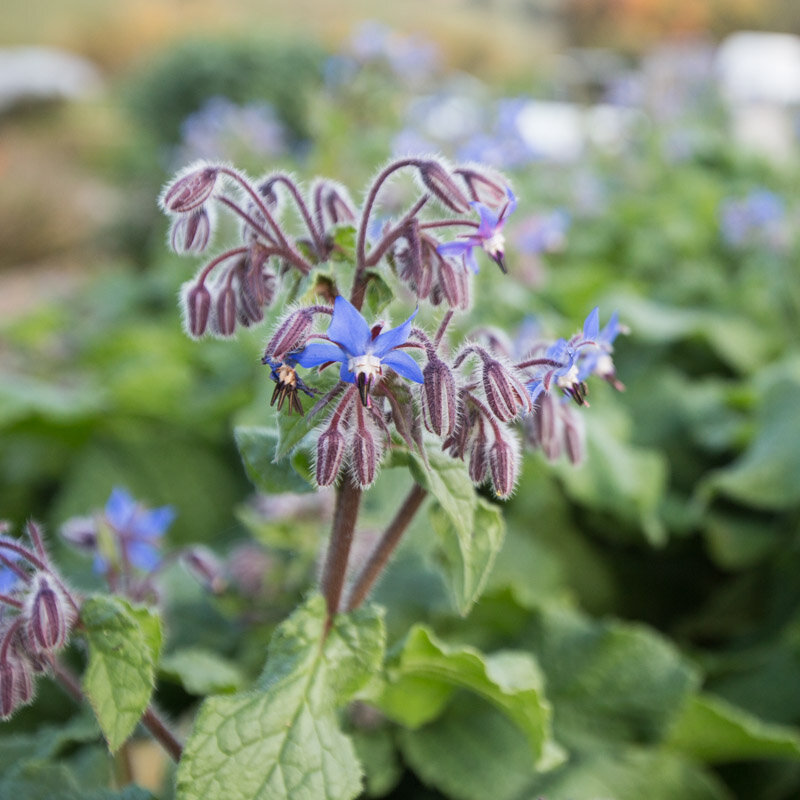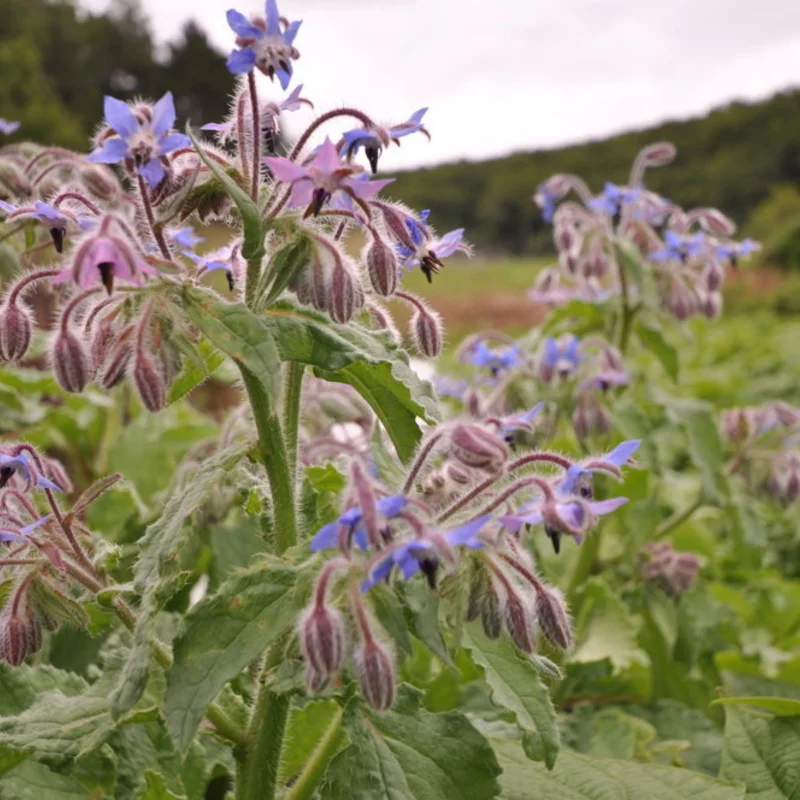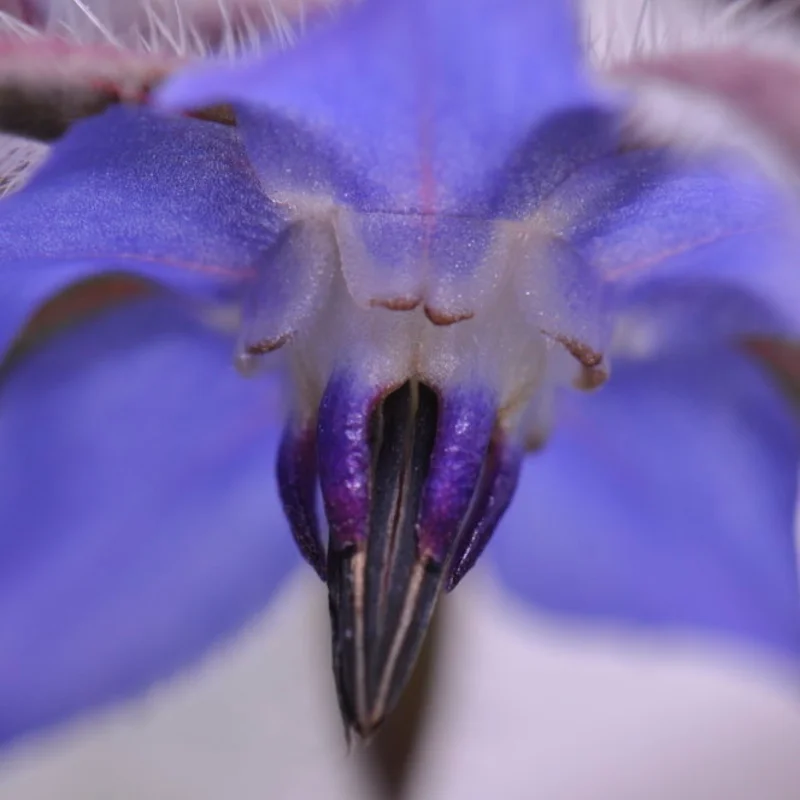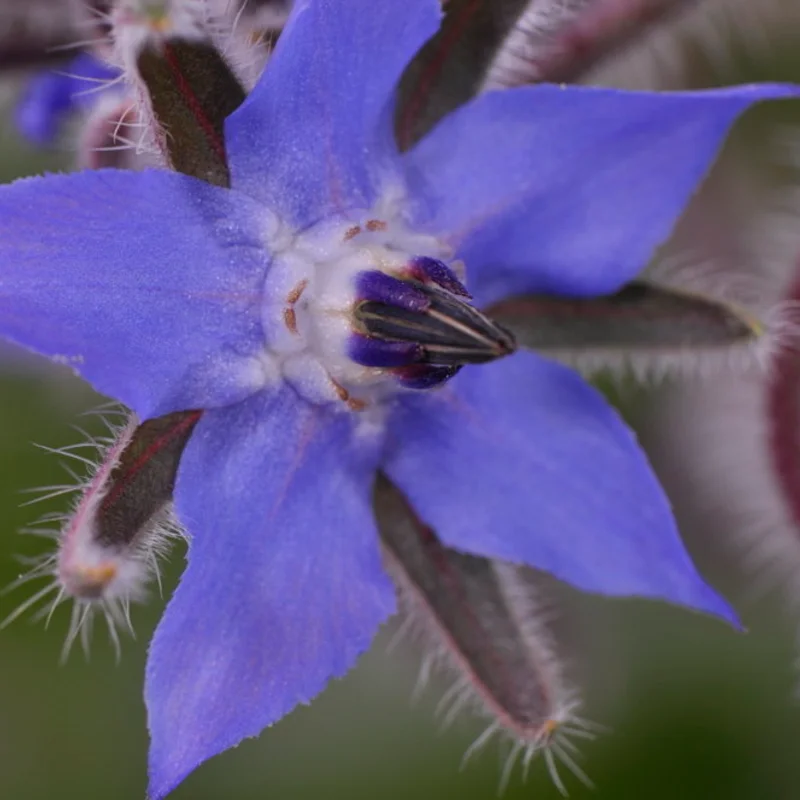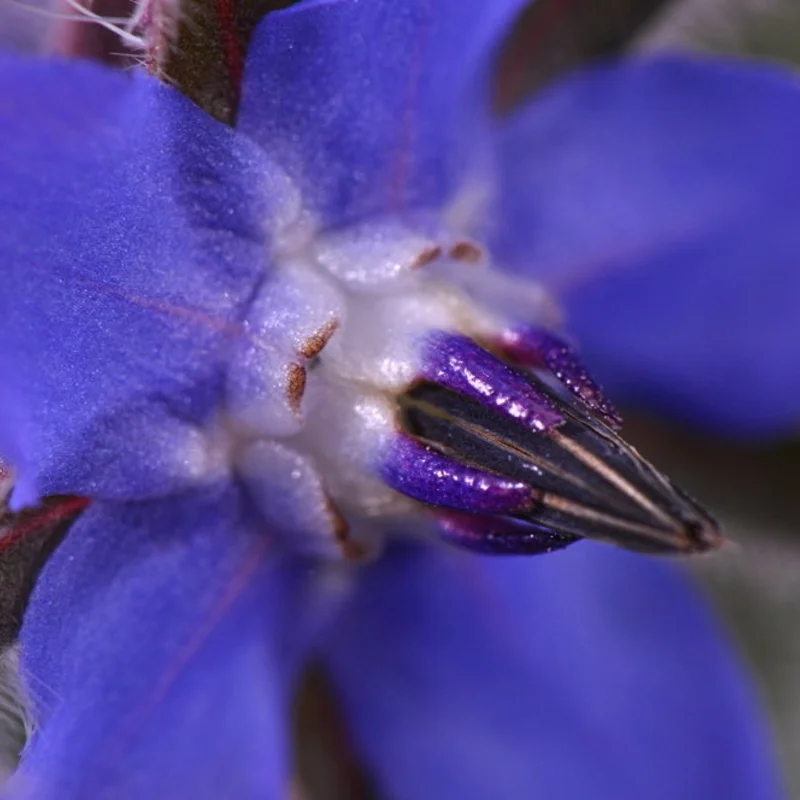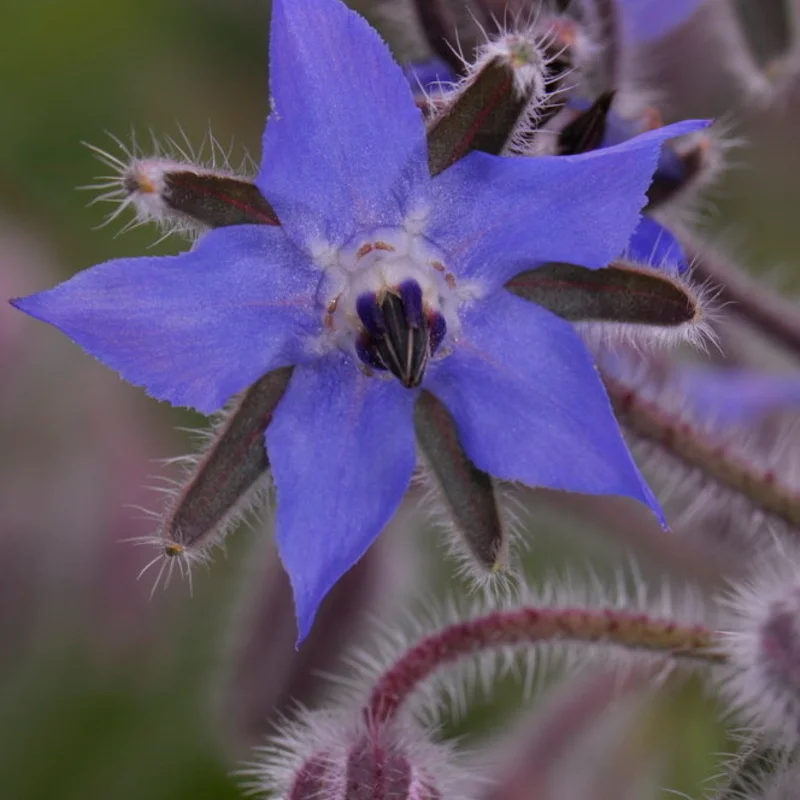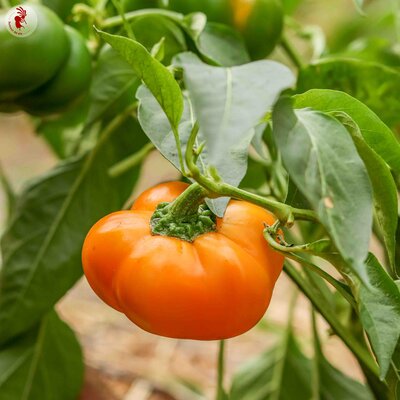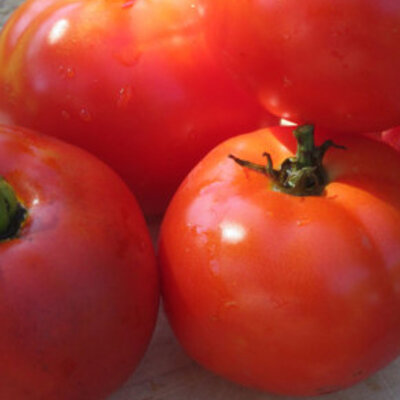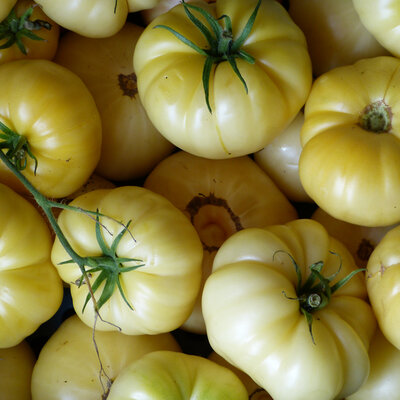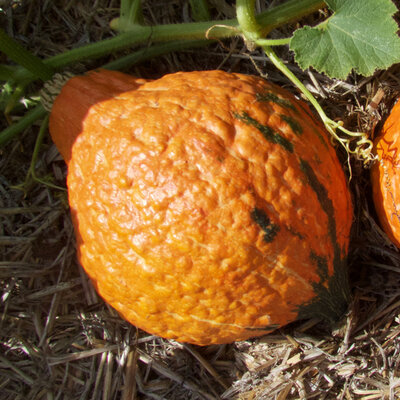Blue Flowers - Starflower
This melliferous species, with hairy stems and foliage, produces an abundance of blue flowers. The leaves and flowers, raw or cooked, can be eaten as a condiment or dried as an infusion.
The appearance of stains on the sachets is due to the oil contained in the seeds.
These products may also be of interest to you
in the ground, in bucket
Sow in pots. Cover with a thin layer of potting soil, press down and keep moist until emergence. Transplant at 4-5 leaf stage, 30 cm apart in all directions. Sow directly in place, in rows 30 cm apart, then thin out to 30 cm along the row.
Borage naturally resprouts, ensuring perpetual harvests.
March, April
April, May, June
May, June, July, August, September, October, November
in the ground, in pot
sunny, semi-shade
medium
all floor types
drained, rich
Borago officinalis
mid-season
200 seeds
Blue
edible
From 20 to 60 cm
From 1 to 2 cm
pointed
Europe
1883
"Vilmorin-Andrieux "Les Plantes Potagères
Borage is native to southern and central Europe. It is mentioned in Vilmorin-Andrieux's 1883 book "Les Plantes Potagères".
Traditionally used for their medicinal properties, Borage's emollient flowers soothe bronchial ailments, while its stems and leaves, rich in potassium nitrate, have diuretic and depurative virtues. Externally, applying boiled leaves to the affected areas calms skin problems such as dryness, redness, acne, eczema or psoriasis, and relieves premenstrual pain and rheumatism. The oil extracted from its seeds, often referred to as the "Elixir of Youth", contains a high level of gamma linolenic acid - a polyunsaturated fatty acid of the omega-6 family - which is beneficial against skin aging. Long cultivated as a food plant, Borage offers flowers with a slightly iodized flavor, while its fresh, finely chopped leaves add a hint of cucumber. In addition to these uses, this plant makes an excellent green fertilizer, rich in nitrate and potassium. Its highly developed root system, formed by a powerful pivot, decompacts the soil. Left in place at the end of its cycle, or cut and used as organic mulch, Borage provides minerals to other crops as it decomposes.



